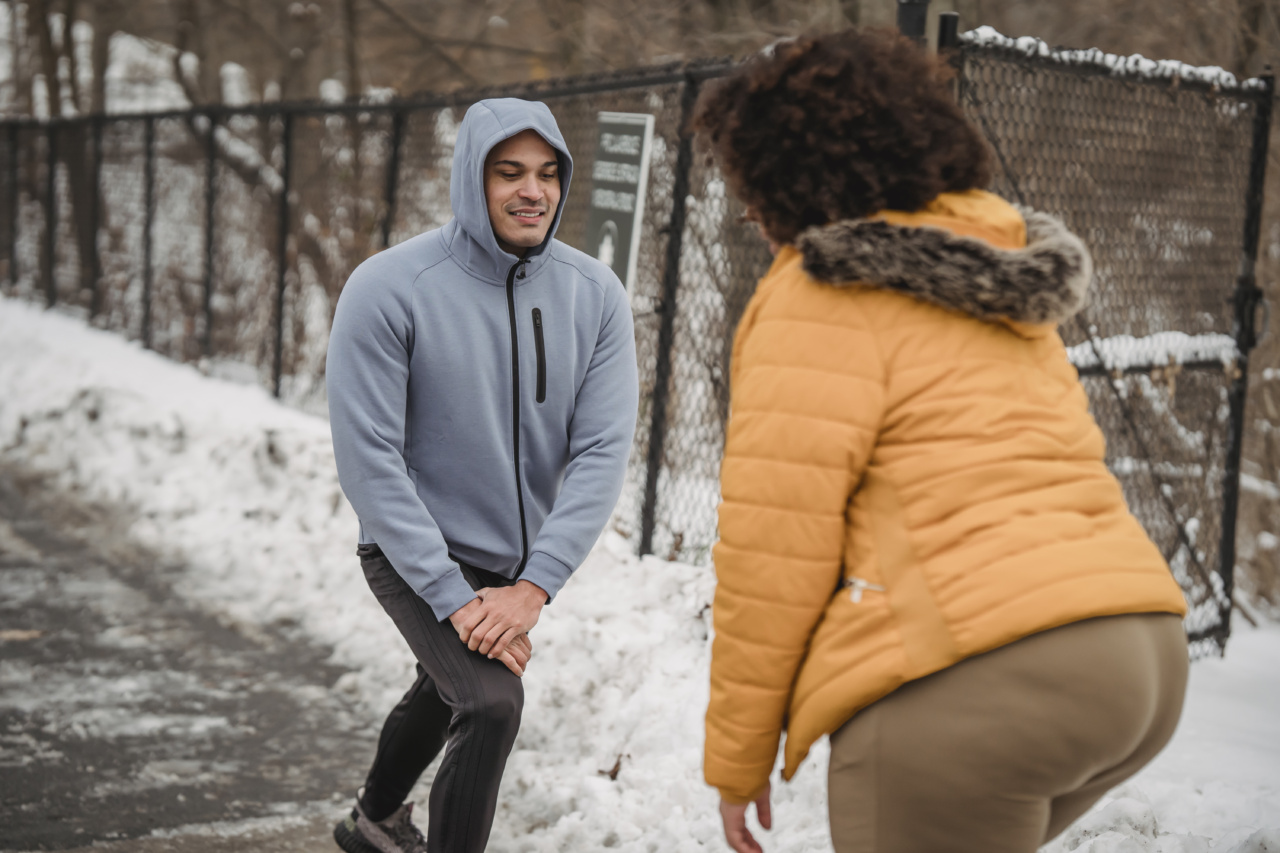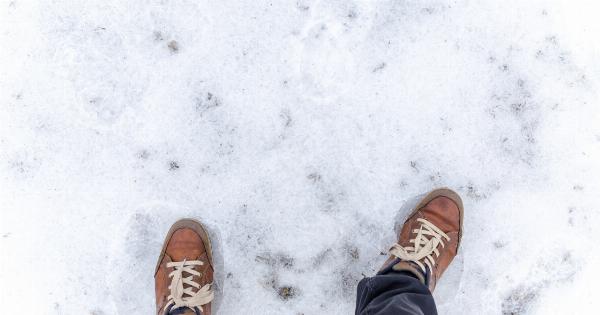Exercising is something that we should do all year round, including during the colder months of the year. Although exercising in cold weather can be challenging, it has its benefits.
Some of these benefits include burning more calories since the body works harder to regulate body temperature, improved endurance, and better cardiovascular function. However, to avoid injury and illness, it’s important to take some safety precautions while exercising in cold weather. In this article, we’ll explore the best ways to safely exercise in cold weather.
1. Dress appropriately
Dressing appropriately means layering up with breathable and moisture-wicking fabrics that keep you warm and dry. A good rule is to wear three layers:.
- The base layer should be moisture-wicking to keep sweat away from your skin.
- The middle layer should be insulating to keep you warm.
- The outer layer should be windproof and waterproof to protect you from the elements.
Also, don’t forget to protect your extremities by wearing a hat, gloves, and thick socks.
2. Warm-up indoors
Cold muscles are more prone to injury. So, before heading outdoors, it’s essential to warm-up your muscles indoors.
Doing some light aerobic exercises, such as jumping jacks or jogging in place, can help increase your heart rate and prepare your muscles for the outdoor workout.
3. Stay hydrated
Although we might not feel as thirsty in the cold weather as we do in the hot weather, it’s still important to stay hydrated.
Drinking water before, during, and after exercise helps regulate body temperature, lubricate joints, and carry nutrients to the cells.
4. Know the weather conditions
It’s essential to check weather conditions before deciding to exercise outdoors. Avoid exercising in extreme weather conditions, as they increase the risk of injury and illness.
Also, change your routine or switch to indoor exercises if you’re not comfortable with the weather conditions.
5. Start slow and listen to your body
If you’re a beginner or haven’t exercised for some time, start slow and gradually increase your pace and intensity. Pushing yourself too hard can lead to injury or fatigue.
Also, listen to your body; if you feel dizzy, lightheaded, or experience chest pain, stop exercising immediately and seek medical help.
6. Choose the appropriate exercise
Some exercises are more suitable for cold weather than others. Therefore, it’s essential to choose exercises that are low-impact and less stressful on your body. Some examples include walking, jogging, cycling, and yoga.
Avoid high-impact exercises, such as running on hard surfaces or jumping, as they can cause joint pain or injury due to the cold weather.
7. Cool down and stretch
Cooling down after exercise helps regulate heart rate and maintain flexibility. Some simple ways to cool down include slowing down the pace of your exercise and walking for a few minutes.
After cooling down, make sure to do some stretching exercises to keep your muscles flexible and prevent injury.
8. Exercise with a partner
Exercising with a partner is not only motivating, but it can also be safer. Having a partner keeps you accountable and provides support if you get injured or feel unwell while exercising outdoors.
9. Be visible
Safety is key when exercising in cold weather, especially when it’s dark outside.
Wearing bright or reflective clothing, carrying a flashlight, and staying in well-lit areas can make you more visible to other people and vehicles, reducing the risk of accidents.
10. Consult a doctor
Before starting any new exercise routine, it’s always wise to consult a doctor, especially if you’re new to exercise, have a chronic illness, or are over 40 years old.
Your doctor can provide you with personalized advice on how to exercise safely in cold weather.
By following these safety precautions, you can exercise safely and reap the benefits of exercising in cold weather.




























